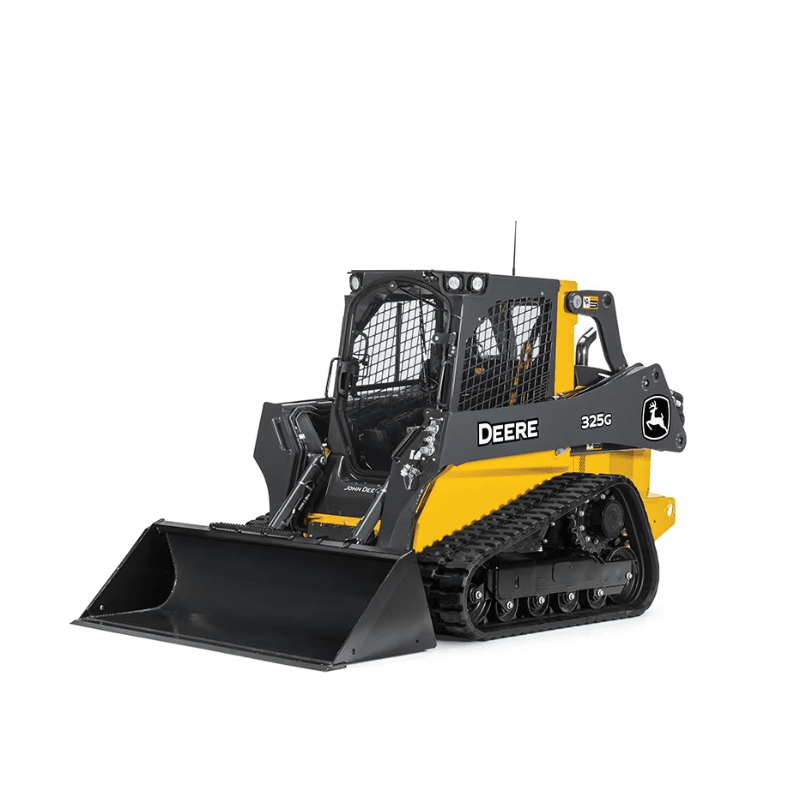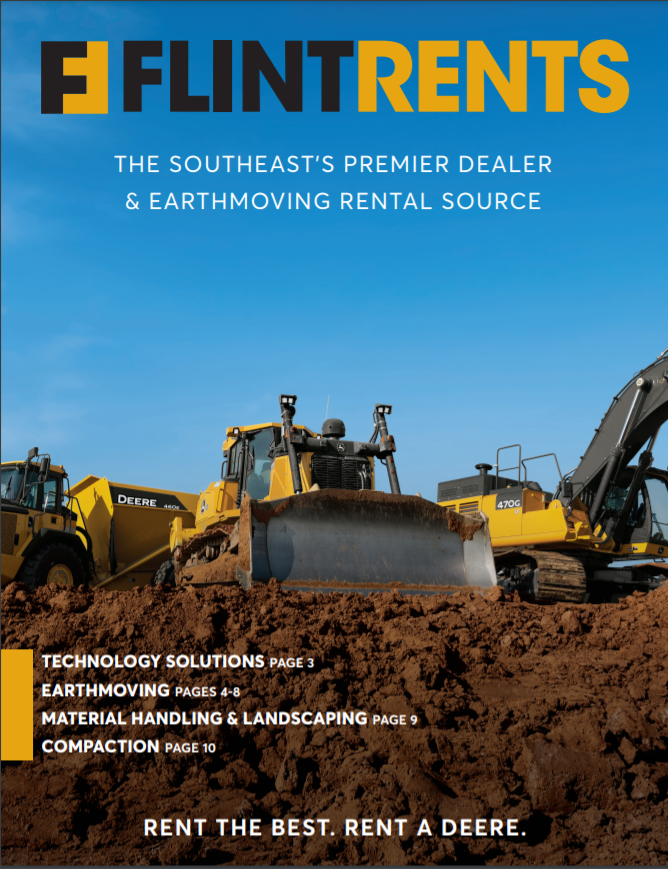Scissor Lift Rental: Safe and Efficient Raising Solutions
Scissor Lift Rental: Safe and Efficient Raising Solutions
Blog Article
Maximize Your Spending Plan by Comprehending the Expenses Related To Building And Construction Tools Leasings
Recognizing the full extent of costs connected with building and construction equipment leasings is critical for maximizing your budget plan. What approaches can be employed to successfully take care of these costs and guarantee an extra reliable rental experience?
Review of Rental Expenses
When considering building and construction equipment services, comprehending the associated expenses is paramount for reliable budgeting and project preparation. Rental costs can differ considerably based upon several variables, including tools type, period of rental, and place. The first rental charge often shows the equipment's market need and its linked operational capacities, influencing the general cost.
In addition to the base rental price, ancillary costs may occur, such as transport fees, gas additional charges, and upkeep costs. It is essential to represent these additional costs to accurately assess the complete expense of renting out equipment. The rental duration can influence pricing; longer leasings may certify for affordable prices, while temporary services could incur higher daily charges.

Breakdown of Rental Prices
A thorough understanding of rental prices is essential for contractors and task supervisors intending to maximize their budgets. Rental rates for building and construction tools usually contain several components, consisting of base prices, time-based fees, and usage fees.
Base prices are the core fees related to the rental of the tools, usually figured out by the type and size of the machinery. These prices can vary considerably, influenced by variables such as devices demand, schedule, and regional market trends. Time-based costs, which may be daily, weekly, or monthly, offer to fit different task timelines and rental durations.
Furthermore, rental prices might include usage charges, which are applicable when tools is made use of past a defined threshold, making sure that the rental company can represent damage. Seasonal demand variations can also affect rental rates, with peak building seasons typically regulating higher prices.
Furthermore, comprehending the rental business's policies regarding upkeep and insurance can provide more insight into the overall cost framework. By examining these elements, specialists can make enlightened choices, making certain the choice of rental devices aligns with both job demands and spending plan constraints.
Extra Charges to Think About
Comprehending the intricacies of added fees is important for contractors to handle their overall rental expenses successfully. Beyond the standard rental rates, different additional costs can dramatically impact the overall expense of devices service. These costs commonly consist of distribution and pick-up fees, which can vary based on range and logistics included in moving the devices to and from the work site.
Additionally, some rental companies may impose fuel additional charges if the devices is returned with less fuel than when leased. It is additionally vital to know prospective cleansing fees, especially for customized devices that calls for detailed maintenance after use.

Thoroughly reviewing the rental contract and clarifying these extra costs in advance can aid contractors stay clear of unanticipated expenses and guarantee that budget plans look at here now continue to be undamaged throughout the project lifecycle.
Repair And Maintenance Costs
Routine upkeep and fixing expenditures are frequently neglected elements that can significantly influence the total price of building equipment leasings. When renting equipment, it is essential to take into consideration not just the rental fees but additionally the possible costs related to keeping the machinery in optimal operating condition.
Several rental business consist of standard maintenance as part of the rental contract; nonetheless, much more extensive repair work or unexpected failures can cause added expenditures. It's vital to assess the rental agreement very carefully to understand what maintenance services are covered and what duties heavy machinery rental companies drop on the renter.
Additionally, tools that is not properly maintained can lead to ineffectiveness on the job site, potentially enhancing and causing hold-ups browse around here project expenses. To minimize these risks, it is advisable to carry out regular evaluations and maintain open communication with the rental company regarding any type of concerns that develop throughout use.
Insurance Coverage and Responsibility Costs
Insurance coverage and liability prices are important components that can dramatically affect the general expense of building and construction equipment services (heavy equipment rental). These prices ensure that both the rental company and the customer are protected from prospective economic losses occurring from crashes, damage, or burglary during the rental duration

Furthermore, customers must be aware of any deductibles or exclusions in the insurance coverage, as these can affect potential out-of-pocket costs. Understanding the terms of any kind of insurance policy protection is important to avoid unforeseen prices. Inevitably, budgeting for insurance policy and obligation expenditures can aid ensure a smoother rental experience and safeguard versus financial threats related to construction jobs.
Conclusion
In verdict, an extensive understanding of the expenses linked with construction devices rentals is crucial for efficient budget plan management. Eventually, informed decision-making concerning tools services contributes to the general success of building and construction endeavors.
Rental costs can differ dramatically based on a number of elements, including equipment type, duration of service, and place (scissor lift rental). The rental period can influence rates; longer leasings may qualify for reduced rates, while short-term leasings could incur greater everyday costs
By carrying out detailed research and engaging with trustworthy rental firms, service providers can properly navigate the intricacies of rental rates, ultimately optimizing their monetary sources.
Beyond the conventional rental rates, different extra costs can significantly impact the total expense of tools leasing. Rental firms typically offer responsibility insurance policy that covers injuries to third events or damages to residential or commercial property, while equipment damage insurance can cover the price of repair services or substitute if the rented devices is harmed.
Report this page